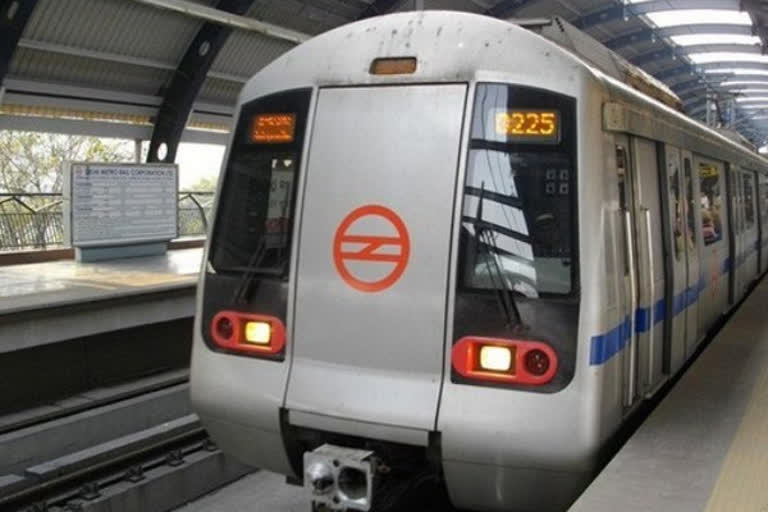New Delhi: Noida Metro cards sale has dipped considerably in a little over four months of its operation with commuters blaming lack of seamless connectivity and high fare as main reasons behind it.
A total of 2,041 such travellers cards were issued during May 1 and 20, as against 3,686 in April and 5,064 in March this year, according to Noida Metro data.
As many as 5,220 cards were issued in February and a whopping 3,363 within six days of its operation January 26 to 31, it said.
Noida Metro Rail Corporation (NMRC) has joined hands with the State Bank of India to issue SBI NMRC City 1 card. Noida Metro charges a fee of 1.8 per cent or Rs 12 (whichever is less rounded off to the nearest rupee).
"The fee of 1.8 per cent for top-up is steep and uncalled for. Delhi Metro issues a non-bank card for commuters to travel and they do not charge any fee on the top-up," said Ajay Chaturvedi, a senior citizen.
He said the fare of Noida Metro is also high.
A commuter has to pay a minimum of Rs 10 to Rs 50 to travel on weekdays i.e., from Monday to Saturday. While one has to spend anywhere between Rs 10 and Rs 40 on Sundays and national holidays.
Card users get 10 per cent discount on each journey.
Top-up of Rs 1.6 crore has been done on these cards by the commuters so far, the Noida Metro data said.
Another daily traveller, Akash Singh said there is a lack of seamless connectivity between Noida Metro and Delhi Metro, that acts as a single big hurdle for the commuters to use Noida metro Aqua line.
At present, commuters have to exit at Sector 51 station of Noida Metro and walk nearly 300 metres on an under-construction road to take the Blue Line at Sector 52 station.
The narrow under-construction pathway is filled with dust and commuters have to pave the way to walk on it as crisscrossing e-rickshaws ply unruly on them, he said.
"I take metro forcibly as other travelling options are not viable. It would have been better had they constructed a dedicated bridge to connect the two metro stations thus saving people from a lot of hardships," Singh said.
Another traveller, Sapna said this so-called dedicated pathway is unsafe for women.
"A lot of auto rickshaws block the way as soon as one gets down from Noida Sector 52 station of Blue Line and proceed to walk to reach Noida Metro. It becomes unsafe in nights as these autorickshaws do not leave any space for people to pass by. Police presence is also not there at Sector 52 metro station, which becomes very busy during peak hours, she said.
HR executive Gauri Sharma said she often has to travel with unruly people in e-rickshaws who insist on travelling sitting next to the driver seat.
"Passengers are not expected to sit next to the e-rickshaw driver. On Friday, I saw a man arguing with the rickshaw driver to sit in the front. I got to wait for a good 15 minutes till both the driver and the commuter argues. The situation becomes quite frustrating. What is worst is that you don't find any policemen there to help such e-rickshaw drivers or commuters like me," she rued.
Due to lack of seamless connectivity and high fare, Noida Metro may not get the desired footfall, another daily traveller said.
People can also travel in Noida Metro using QR (Quick Response) coded tickets. Noida Metro corporation earned Rs 11.67 lakh so far (Till May 20) from its sales to commuters.
Also read:Bengal police resort to baton charge as BJP protestors chant 'Jai Shri Ram'
